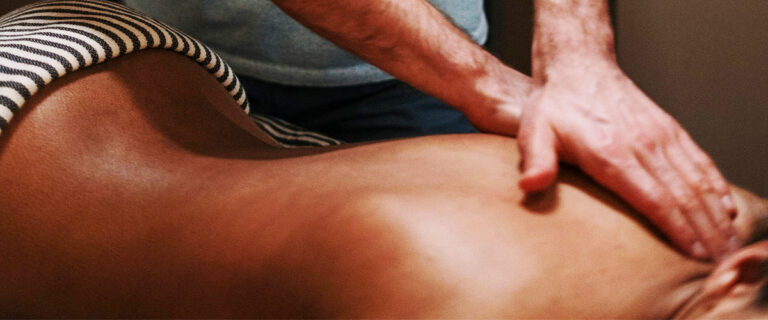Healthcare researchers and providers alike are growing increasingly concerned that American kids are suffering from back pain earlier in their lives and in larger numbers than ever before. And experts closest to the problem believe that overweight, improperly designed, and misused backpacks may be a big part of the reason why.
Short-Term Injuries and Longer-Term Concerns
With an estimated 40 million school-age children carrying backpacks in America, it’s not surprising that there are some book bag-related injuries every year. Since 2000, the U.S. Product Safety Commission has reported that children and their backpacks make roughly 7,000 trips to the emergency room annually. However, many observers believe that the real toll is actually far higher since the vast majority of such injuries go unreported and many kids are treated by a family doctor or not treated at all.
While it is not clear how many acute injuries actually result from wearing backpacks as opposed to tripping over them or being hit by them, doctors who treat back problems regularly-especially chiropractic physicians-see worrying signs that heavier backpacks are setting the stage for more serious health issues in the future, including chronic back, neck and shoulder pain. Some chiropractors estimate that as many as 75% to 80% of the teenage patients they treat have postural problems directly related to overweight backpacks.
Why the Heavier Bags?
Across the past ten years, several factors have come together to increase the amount of weight young students are carrying in their book bags:
- Increases in the amount of homework being assigned to students at a younger age typically mean more heavy books carried between home and school.
- A trend toward removing lockers and individual desks from schools in many cases requires kids to carry all their belongings with them during the day.
- Reduced time between classes or fewer trips to the locker can mean heavier loads for students.
- Longer school days or increased participation in before-school and after-school activities often translates into more supplies and equipment as well as more time wearing the backpack.
The American Academy of Orthopedic Surgeons recommends that a backpack should not be any heavier than 15% of a child’s body weight. But as early as 2001, researchers at Simmons College in Massachusetts found that 55% of the 345 children they studied were carrying backpacks that exceeded the recommended weight limit, often by a substantial amount. One third of those students said that they had already experienced back pain. Today, the American Chiropractic Association advises parents to limit the weight of a child’s backpack to no more than 5% to 10% of body weight.
Warning Signs
If you see any of the following signs, it may be time to lighten the load, help your child choose a different backpack or talk about how it’s being used.
- Pain in the back, neck, shoulders or knees
- Red marks left on shoulders by backpack straps
- Tingling or numbness in the arms
- Trouble getting the backpack on or off
- Bending forward or “hunching over” to shift weight from the shoulders to the back
Choosing the Right Backpack and Using it Correctly
A good quality backpack with proper ergonomic features doesn’t have to be expensive. They’re available at many sporting goods stores and discount outlets. Experts offer the following advice:
- Get the size and fit right first. The right backpack should fit between the top of your child’s shoulders and lower back. Bigger is not better, since having more space available creates the potential for a heavier backpack.
- Find one with shoulder straps that are wide, padded and adjustable. These distribute the weight more broadly across the shoulders and chest while allowing the backpack to be fitted snuggly to your child’s body.
- For older students, consider a backpack with chest straps and a hip belt. Chest straps and a hip belt redistribute weight even further and bring the pack closer to the wearer’s body.
- Look for a padded back that will add comfort and protection.
- Choose a backpack with multiple smaller compartments. These help distribute the weight inside the bag and keep it stable.
Once your child has the right bag, it’s just as important to encourage him or her to use it correctly. Chiropractors and physical therapists generally agree that means wearing it on both shoulders with the straps tightened so that it hangs no more than four inches below the waist.
How Your Chiropractor Can Help
Using a backpack should not cause any pain or discomfort under normal circumstances. If your child is showing signs of back, neck or should pain, we encourage you to call your chiropractic physician today. In addition to addressing any current problems that your child may be experiencing, your doctor of chiropractic can recommend an exercise program designed to strengthen muscles, and improve posture and coordination.



